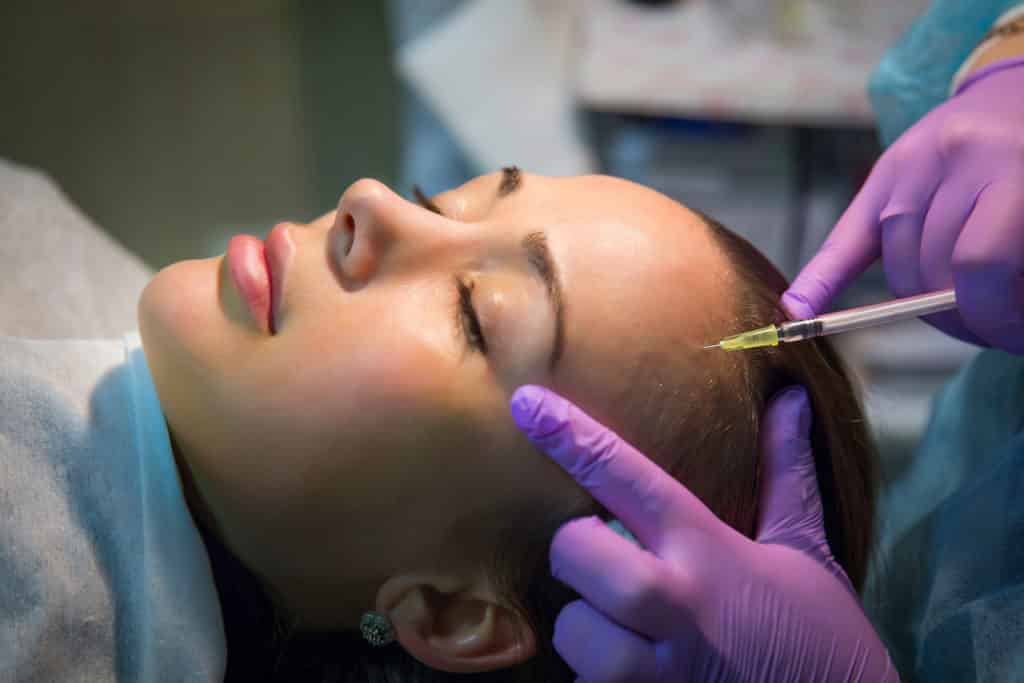

There are endless articles about CoolSculpting versus Emsculpt and which is better. They are two types of body contouring procedures that we offer. One is only better than the other based on what you’d like to have addressed and what kind of results you’d like to see.
Both are ideal at tackling issues that even the healthiest diet and most well-rounded exercise routine cannot achieve. With that said, CoolSculpting and Emsculpt are not replacements for a healthy diet and workout regimen. Instead, they are supplementary.
CoolSculpting rids the body of stubborn, unwanted fat
CoolSculpting, known in medical terms as cryolipolysis, is an FDA-approved procedure that freezes fat cells from the targeted treatment area. Those frozen fat cells are then eliminated by the body, leaving a leaner appearance.
It is commonly used by both men and women on the chin, upper arms, upper back, midsection, outer thighs, and below the buttocks.
The procedure is simple: A hose with cooling plates is attached to the desired region and left in place for a variable amount of time. Ultimately the fat cells are frozen and the body disposes of them over days, weeks, or even months.
Because it’s not an invasive technique, recovery time is almost immediate, give or take some soreness or redness. Serious adverse events are rare. The few that have been reported include the enlargement of fat cells, hyperpigmentation, scarring, and frostbite.
The biggest danger is having the procedure done by someone who is not adequately trained or is not using authentic CoolSculpting equipment.
Emsculpt eliminates fat and builds toned muscles
If that sounds too good to be true, trust me – it isn’t.
Emsculpt uses electromagnetic waves to target two areas of the body that are hardest to tone and very prone to stubborn fat: the abdomen and buttocks.
The procedure uses intense pulses to cause supramaximal contractions, a type of muscular response that regular exercise cannot induce. The muscles become overwhelmed and release an enormous level of fatty acids, which break down fat cells in the body and turn them into waste. Meanwhile, muscles build new fibers for a more toned appearance.
An abdominal treatment takes about 30 minutes and consists of three different stages; treatment on the buttocks is similar. The final stage consists of slower contractions that help flush the lactic acid out of your muscles.The treatment is a completely unnatural sensation, but it is not painful. Afterward, it can feel like you’ve done an intense workout; there is no downtime.
Emsculpt is not a one-time fix for belly fat or unwanted cellulite, and it’s not a miracle cure for a steady diet of pizza and wine. At least four sessions are required to see the best results, and a healthy diet and regular exercise are a must to maintain your more toned physique.
Additionally, Emsculpt is not recommended if you have a pacemaker or any other metal in your body. The electromagnetic waves can cause serious problems with both.
Which procedure is better for you?
Now that you know the difference between CoolSculpting versus Emsculpt, it may seem obvious which will address your needs. However, a consultation with a doctor who is trained in both is highly recommended. Schedule an appointment with us today, and we’ll help you choose the best procedure for you.
Posted In: FAQ
Related Posts

February 28, 2019
The Five Most Common Questions About Botox
Botox has become a familiar, household name for anyone who cares for their skin. In fact, it is often the first treatmen...

December 4, 2018
Sclerotherapy Treatment for Spider Veins: Everything You Need to Know
Sclerotherapy treatment for spider veins is an effective option for this unattractive condition. Spider veins are damage...

October 15, 2018
The Difference Between CoolSculpting versus Emsculpt
There are endless articles about CoolSculpting versus Emsculpt and which is better. They are two types of body contourin...


